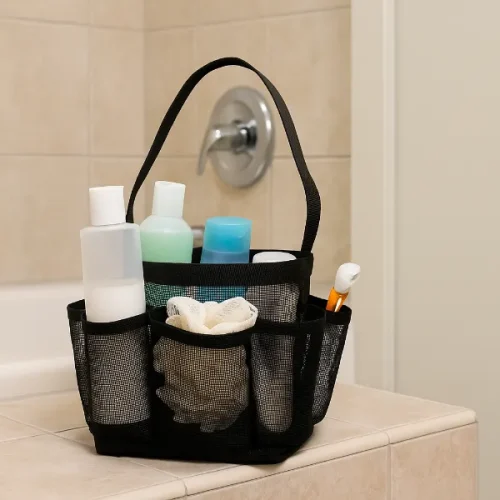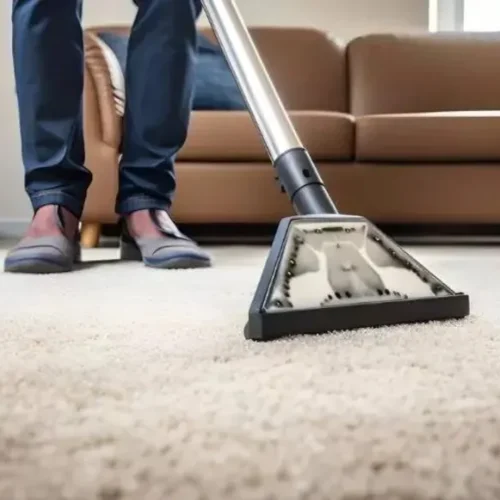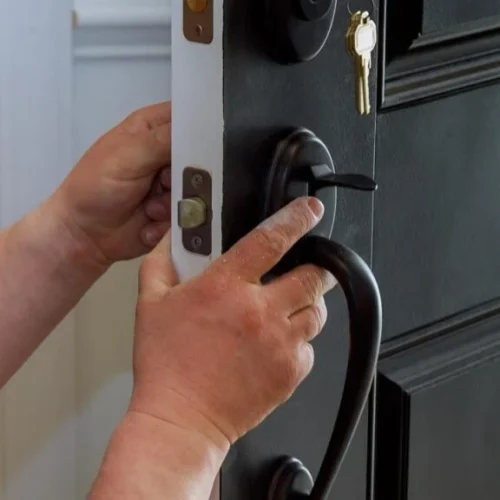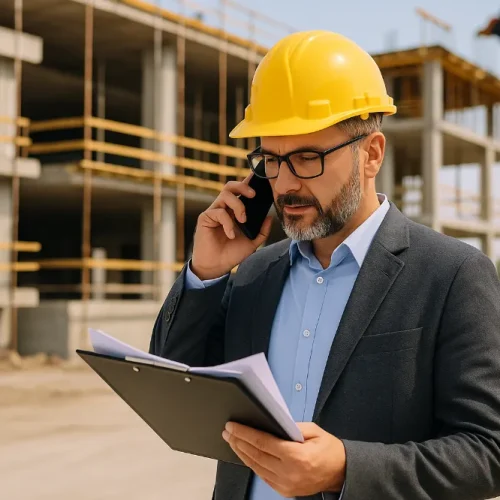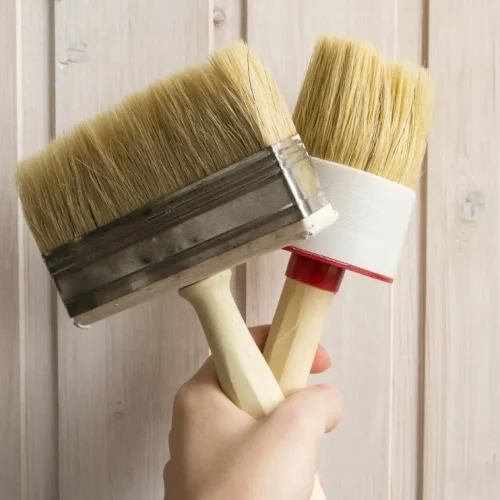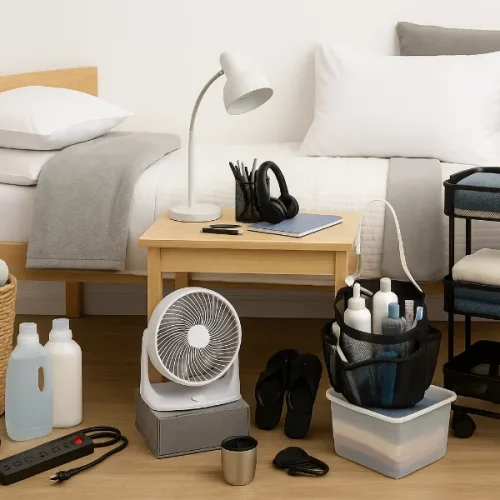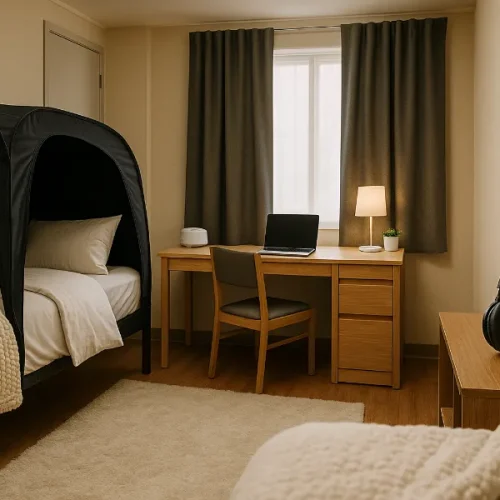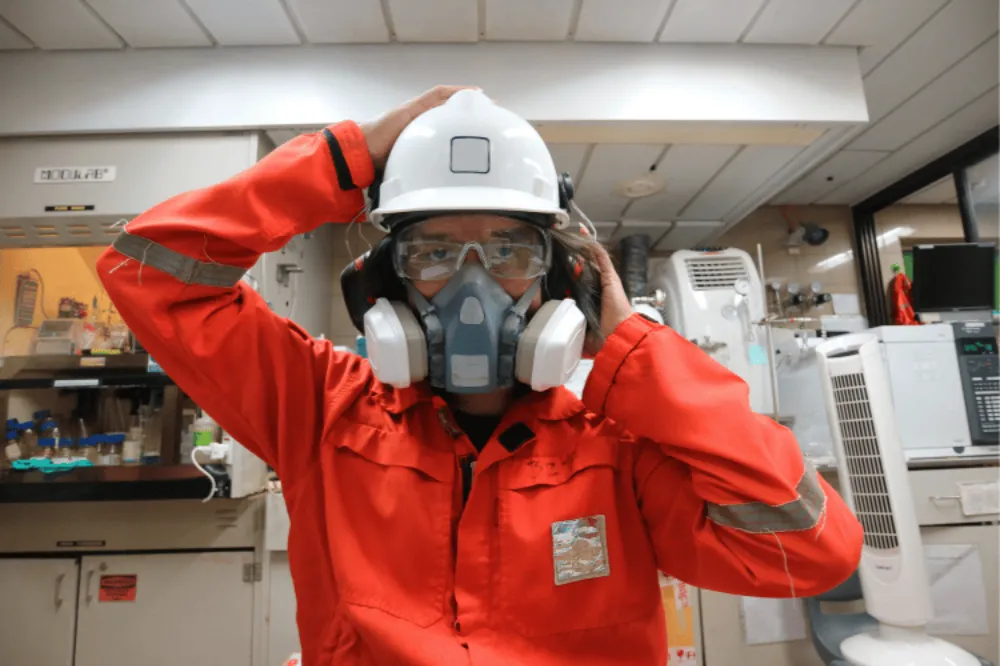
Home renovation projects can be incredibly rewarding, but they also come with their fair share of risks. Whether you’re updating a room, tackling a DIY project, or doing a full-scale home improvement, safety should always be your top priority. One often overlooked aspect of staying safe while renovating is protecting your respiratory health. Dust, fumes, and other airborne particles can pose serious health risks if not properly addressed. In this article, we’ll explore key safety precautions to take while renovating, with a particular focus on the importance of respirators.
Why Safety Should Always Come First
Renovating your home can be an exciting way to personalize your space, but it also involves handling tools, materials, and substances that could be harmful if proper precautions aren’t taken.
From sanding and cutting to painting and stripping old finishes, home improvement projects expose you to dust, chemicals, and potentially hazardous particles that can compromise your respiratory health. Prolonged exposure to such irritants can lead to respiratory conditions like asthma, lung disease, or even more severe long-term health problems.
According to the Centers for Disease Control and Prevention (CDC), inhaling dust and fumes during renovations can cause irritation to your lungs and lead to chronic respiratory issues. The fine dust particles from materials like drywall, wood, and insulation can easily be inhaled into the lungs, and they are not always visible to the naked eye.
Additionally, chemicals from paint, solvents, adhesives, and varnishes may emit harmful fumes that can irritate the airways and cause headaches, dizziness, and nausea. Therefore, taking the right safety measures is critical when embarking on any home improvement project.
The Importance of Respirators
One of the most effective ways to protect yourself from harmful airborne particles during home renovations is to wear a respirator mask. Unlike regular dust masks, which only provide limited protection, respirators are specifically designed to filter out fine particles and harmful fumes, providing a higher level of protection. Respirators can be particularly crucial in preventing inhalation of harmful dust or chemicals when performing tasks like sanding, cutting, or using paints and adhesives.
The role of a respirator mask in home improvement projects is simple: it serves as a barrier that helps filter out harmful particles before they enter your lungs. Whether you’re working with materials like drywall, wood, or cement, or you’re handling paints, adhesives, and other chemical substances, respirators significantly reduce the risk of exposure to dangerous airborne contaminants.
For those who may not be familiar, respirators come in various forms, including N95 masks, half-face masks, and full-face respirators. Depending on the level of protection needed for the specific task at hand, a homeowner can choose a respirator that offers the right filtration for dust, fumes, and other hazardous particles.
Types of Respirators for Home Renovation
When choosing a respirator for home renovation, it’s important to consider the specific project you’re tackling and the type of exposure you’re likely to face. Here are some common types of respirators suitable for DIY and home improvement work:
1. N95 Respirators
N95 respirators are the most commonly used type of mask for basic dust protection. These masks are capable of filtering out at least 95% of airborne particles, making them a great option for light home renovation tasks, such as sanding drywall, painting, or sweeping up dust. They are affordable, easy to find, and comfortable to wear, but they don’t offer full protection against fumes or gases.
2. Half-Face Respirators
Half-face respirators cover the nose and mouth and provide a higher level of protection than N95 masks. They can be equipped with replaceable filters that block out both particulates and harmful chemicals, including volatile organic compounds (VOCs) found in paints, solvents, and cleaning agents. These are ideal for more intense home renovation projects, such as stripping paint, applying heavy-duty adhesives, or working with power tools.
3. Full-Face Respirators
Full-face respirators provide the highest level of protection and are recommended for particularly hazardous tasks. These masks cover the entire face, including the eyes, and are equipped with specialized filters for a wide range of airborne particles and chemicals. Full-face respirators are typically used for heavy-duty tasks, such as working with industrial-strength chemicals, fiberglass insulation, or when working in poorly ventilated areas. They offer both respiratory protection and protection from eye irritation.
4. PAPR (Powered Air-Purifying Respirators)
While more commonly used in industrial settings, PAPRs are also available for use in home renovations. These respirators use a battery-powered blower to force air through filters, providing a constant flow of clean air. This option is particularly useful for individuals who need to wear a respirator for long hours or in highly toxic environments. However, they are often more expensive and cumbersome than traditional respirators.
Other Safety Precautions for Home Renovation
While respirators are a key piece of protective equipment, they should be just one part of a comprehensive safety plan for home improvement projects. Here are a few additional safety precautions to keep in mind:
1. Proper Ventilation
Good ventilation is essential to prevent the buildup of dust and fumes. Whenever possible, open windows and use fans to circulate fresh air. If you’re working in an enclosed space, such as a basement or small room, consider using an exhaust fan or air scrubber to help clear out contaminants. In some cases, a portable air purifier with a HEPA filter can help reduce airborne particles in the room.
2. Protective Clothing
In addition to wearing a respirator, be sure to wear protective clothing such as gloves, goggles, and coveralls. This will help minimize your exposure to harmful chemicals and particles. When working with materials that generate dust or debris, like wood or drywall, protective eyewear is essential to prevent eye irritation or injury.
3. Stay Safe With Power Tools
Power tools are common in many home renovation projects, but they can be dangerous if used incorrectly. Always read the user manual and follow safety instructions, especially when working with tools like saws, drills, and sanders. Make sure the area is clear of obstacles, and wear safety glasses and hearing protection to avoid injury from flying debris and loud noises.
4. Dispose of Hazardous Materials Properly
After completing your project, be sure to dispose of any hazardous materials safely. Old paints, solvents, and adhesives may contain chemicals that need to be disposed of in accordance with local regulations. Many cities have special disposal sites for hazardous waste, so make sure to find the proper location to dispose of these materials safely.
Why You Should Invest in Respirator Masks for Your Home Renovation
No matter the size or scope of your home improvement project, protecting your health should be a top priority. Investing in quality respirator masks is a simple and effective way to reduce the risk of inhaling harmful dust, fumes, and chemicals. A respirator is one of the most important tools in your home renovation safety toolkit. And when choosing a respirator, it’s important to select a mask that is designed for the specific tasks you’ll be performing. Whether you’re sanding, painting, or working with chemical-based products, there are respirators available that offer the protection you need.
For high-quality options that can help keep you safe during your renovation projects, consider checking out reputable suppliers like The Safety Source LLC, which offers a wide range of respirators for various levels of protection.
Conclusion
Renovating your home can be a fun and rewarding experience, but it’s essential to approach each project with safety in mind. Respirators play a key role in safeguarding your respiratory health while working with dust, fumes, and chemicals.
By choosing the right respirator and following other safety guidelines, you can ensure that your DIY project goes smoothly and, most importantly, safely. Stay protected, and your home improvements will be the rewarding experience they should be!



